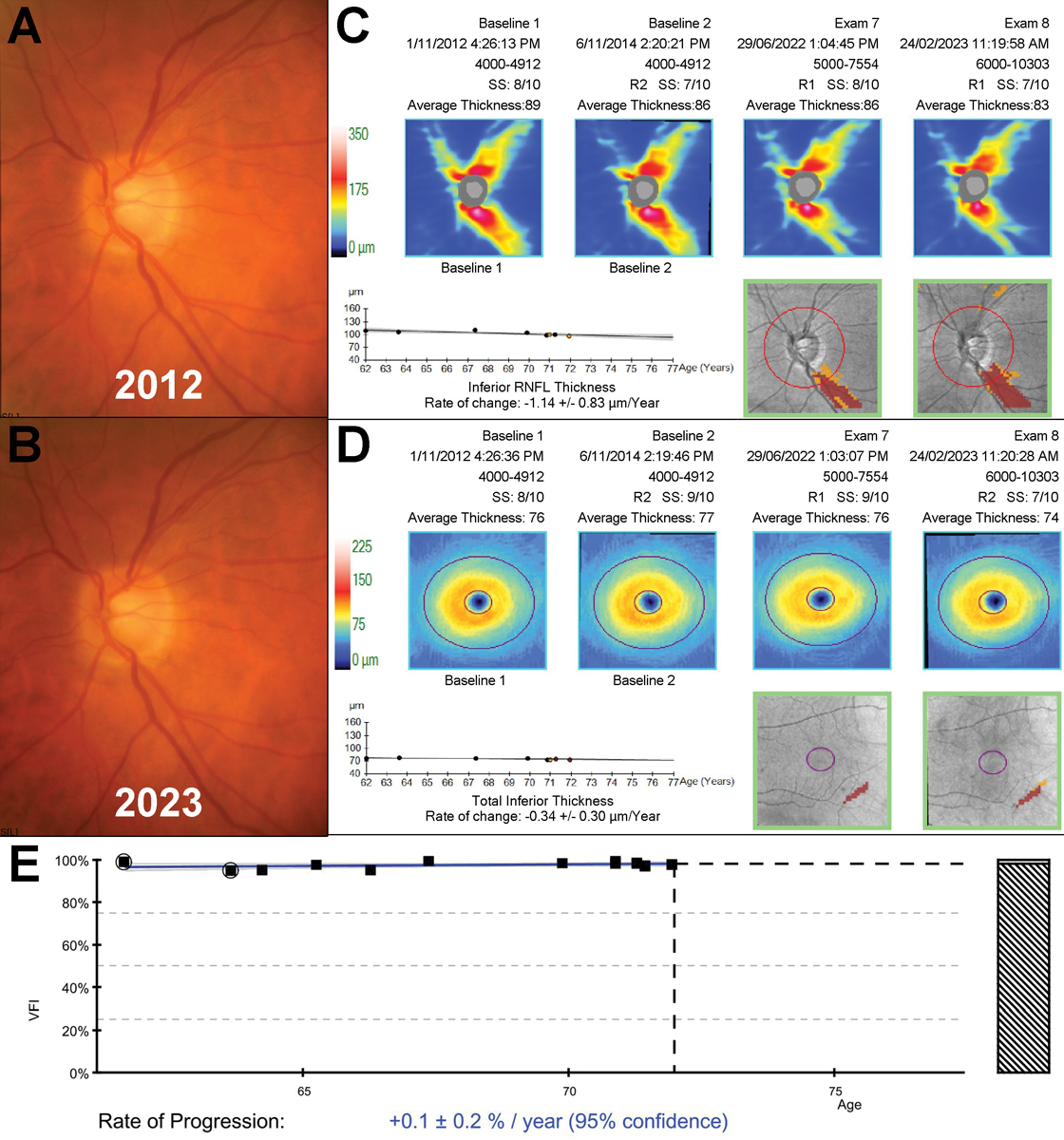 |
|
Another impact on the human microbiota comes from the oral cavity, with dysbiosis of the oral microbiome being described to affect the progression of glaucoma. Photo: Henrietta Wang, BOptom, BSc, and Jack Phu, OD, PhD. Click image to enlarge. |
The gut microbiota has gained much more attention in recent years, as new research links abnormalities with other organs, such as with the brain and eyes. One type of gram-negative bacteria, lipopolysaccharide-type (LPS) endotoxins, are naturally found in the human microbiota, but mounting evidence involves them in the development of various chronic diseases, including glaucoma. This may be due to LPS signaling a proinflammatory response in microglia, perivascular microphages, dendritic cells, photoreceptors and retinal pigment epithelium cells. Both gut microbiota and neuroinflammation have been linked to retinal degeneration.
Consequently, a group of researchers wanted to investigate the role of a serum biomarker of LPS exposure with peripapillary retinal nerve fiber layer (RNFL) thickness, since thinning of the RNFL is both a biomarker of retinal neurodegeneration and a hallmark of glaucoma.
The researchers conducted a prospective study assessing a blood biomarker of LPS’ association with peripapillary RNFL thickness and longitudinal evolution up to 11 years. Included were 1,062 eyes of 548 patients who received at least one gradable RNFL measurement, with plasma esterified 3-hydroxy fatty acids (3-OH FAs) serving as a proxy as LPS burden. Thickness of the RNFL was obtained with spectral-domain OCT every two years for up to five visits.
The mean age of participants was 82.4 years, and 62.6% were women. The researchers found that higher plasma esterified 3-OH FAs was significantly associated with thinner RNFL at baseline, which stayed stable after adjusting for multiple potential confounders. However, there was no association seen between 3-OH FAs and longitudinal RNFL thickness change. The authors speculate that these results indicate “an involvement of LPS in the early processes of optic nerve neurodegeneration.”
In their discussion, the authors elaborate how much research has already elucidated a relationship between altered human microbiota composition-leading to higher plasma endotoxin exposure—and glaucoma.
One of these prior investigations found differences in certain human gut microbial taxa between primary open-angle glaucoma (POAG) patients and controls. Another analysis used single-nucleotide polymorphisms linked to the human gut microbiome from a multiethnic cohort including POAG patients and controls. It was reported that there was high statistical power of causal estimates for the Odoribacter genus, Ruminiclostridium9 genus and Eubacterium rectale group to be associated with increased POAG risk. In that study, the investigators found that intraocular pressure, central corneal thickness and vertical cup-to-disc ratio had mediation effects on genus Ruminiclostridium9, genus Alloprevotella, phylum Euryarchaeota and POAG, respectively.
This investigation was the first to specifically look at the relationship of plasma-endotoxin exposure with RNFL thickness, the authors point out. “This study adds to the available literature on RNFL thickness and LPS, and more generally oral and gut microbiomes, underlining the inflammatory component of neurodegeneration,” they wrote in their paper. “However, future studies are warranted to explore this complex relation and to better understand the underlying mechanisms.”
Larsen PP, Feart C, de Barros JPP, et al. Association of lipopolysaccharide-type endotoxins with retinal neurodegeneration: the Alienor study. Ophthalmol Sci. August 27, 2024. [Epub ahead of print]. |


